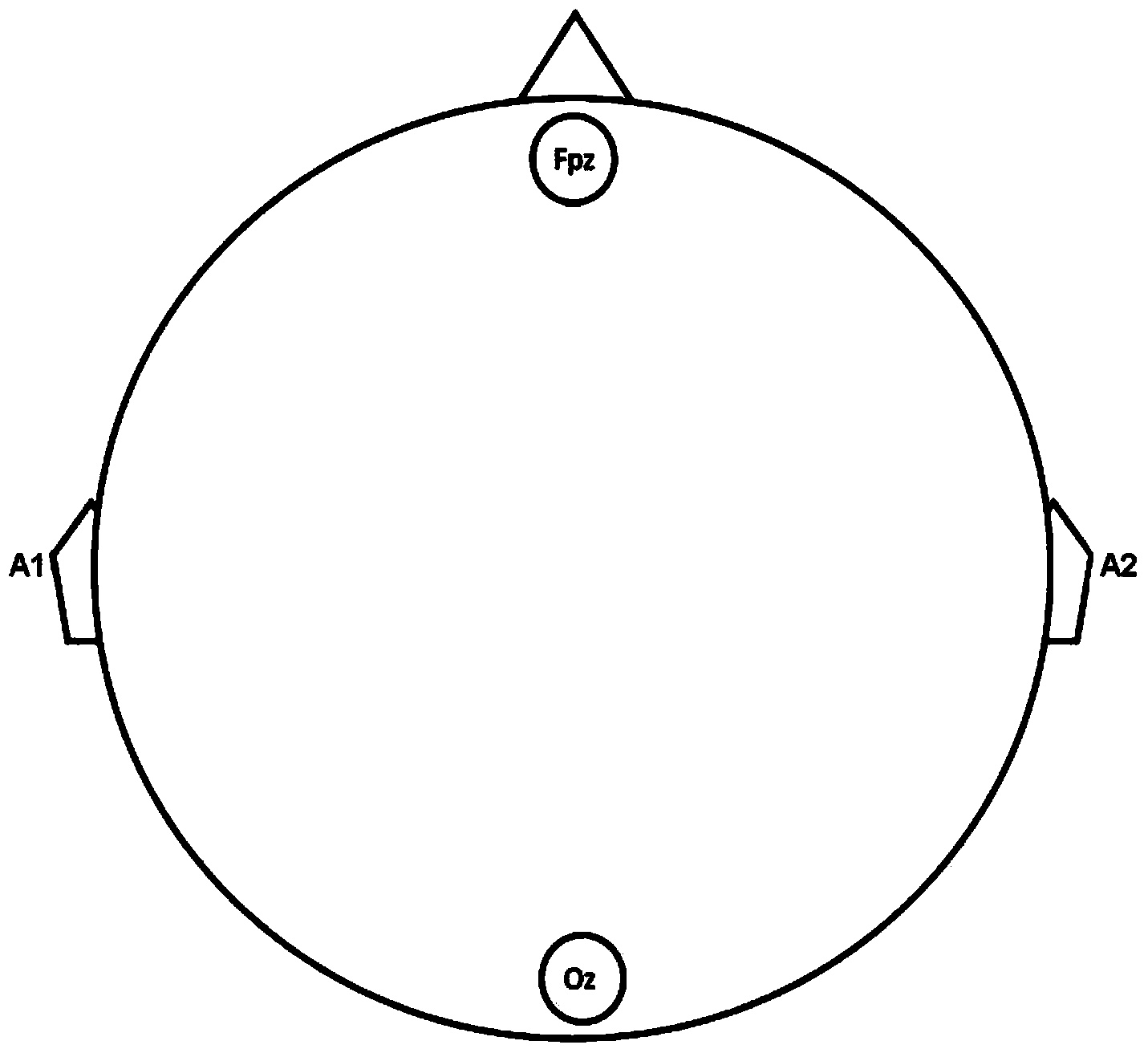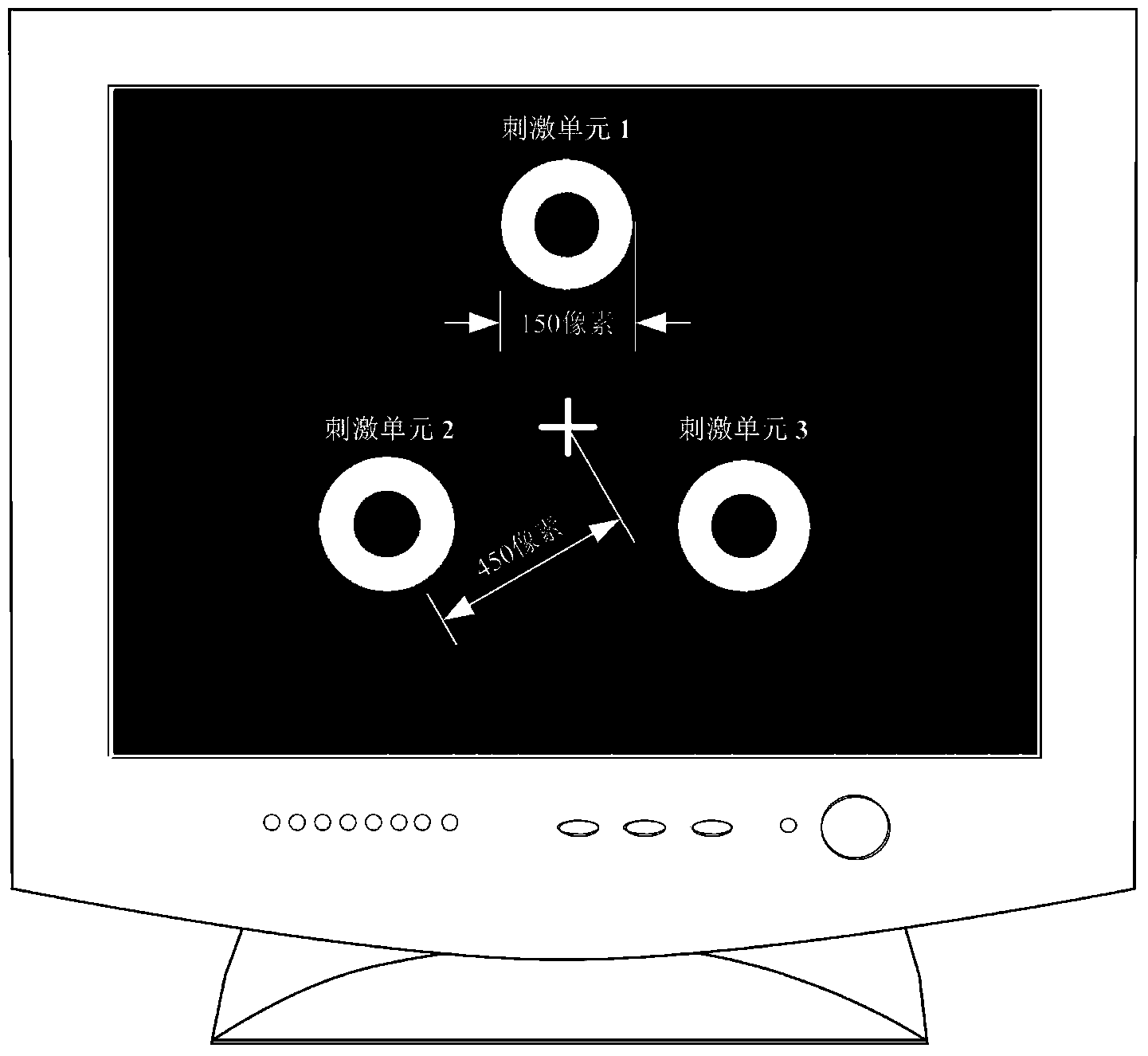Steady motion visual evoked potential brain computer interface method based on stochastic resonance enhancement
A visual evoked potential and stochastic resonance technology, applied in the field of neural engineering and brain-computer interface, can solve the problems of unfavorable development of brain-computer interface technology practical development, small performance expansion space, etc., to achieve brain response, accuracy and efficiency improvement, Optimize the effect of visual response
- Summary
- Abstract
- Description
- Claims
- Application Information
AI Technical Summary
Problems solved by technology
Method used
Image
Examples
Embodiment Construction
[0025] The present invention will be further described in detail below in conjunction with the accompanying drawings and embodiments.
[0026] Steady-state motor visual evoked potential brain-computer interface method based on stochastic resonance enhancement, comprising the following steps:
[0027] Step 1, refer to figure 1 , the measurement electrode is placed at the Oz position of the visual occipital area of the user's head, the reference electrode is placed at the position A1 or A2 of the earlobe of the user, and the ground electrode is placed at the Fpz position of the forehead of the user's head, and the EEG signals measured by the electrodes are amplified and sent to the computer after analog-to-digital conversion;
[0028] Step 2, refer to figure 2 and image 3 , three motion stimulation units that perform steady-state oscillation according to different stimulation frequencies are simultaneously presented in front of the user through the computer screen. The di...
PUM
 Login to View More
Login to View More Abstract
Description
Claims
Application Information
 Login to View More
Login to View More - R&D
- Intellectual Property
- Life Sciences
- Materials
- Tech Scout
- Unparalleled Data Quality
- Higher Quality Content
- 60% Fewer Hallucinations
Browse by: Latest US Patents, China's latest patents, Technical Efficacy Thesaurus, Application Domain, Technology Topic, Popular Technical Reports.
© 2025 PatSnap. All rights reserved.Legal|Privacy policy|Modern Slavery Act Transparency Statement|Sitemap|About US| Contact US: help@patsnap.com



